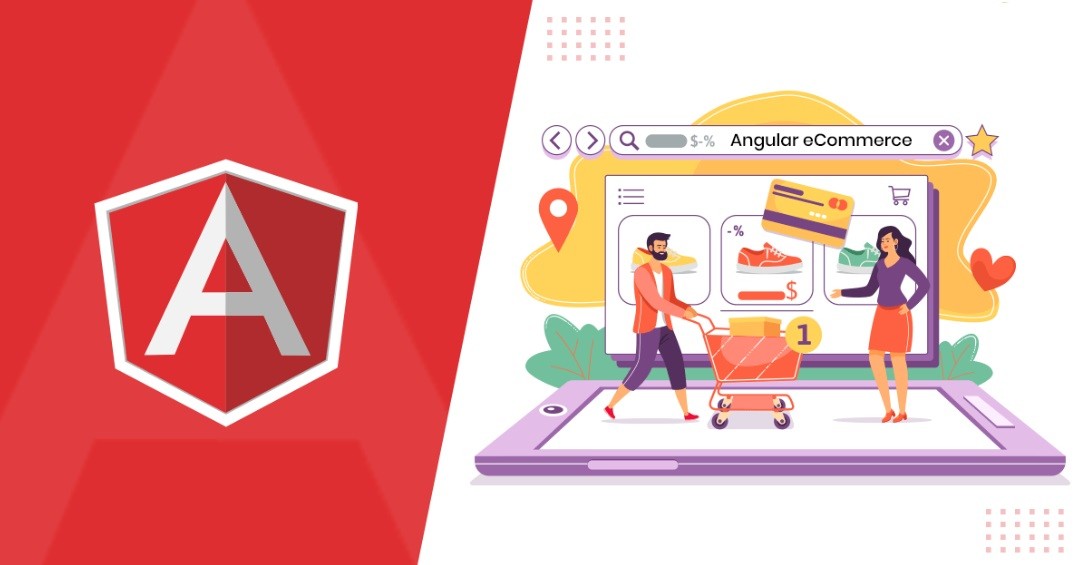Building an e-commerce website using Angular 17 involves several steps, from setting up your development environment to deploying the final product. Here’s a high-level overview of the process:
1. Setting Up the Development Environment
- Install Node.js and npm: Angular requires Node.js and npm (Node Package Manager). Download and install them from the official Node.js website.
- Install Angular CLI: Angular CLI (Command Line Interface) is a tool to initialize, develop, scaffold, and maintain Angular applications. Install it globally using npm:
npm install -g @angular/cli
2. Initialize the Angular Project
- Create a New Angular Project: Use Angular CLI to create a new project:
ng new my-ecommerce-project
Follow the prompts to set up the project.
3. Structure Your Application
- Design the Application Structure: Plan the layout and components you’ll need. Common components for an e-commerce site include:
- Product List
- Product Details
- Shopping Cart
- Checkout Form
- Generate Components: Use Angular CLI to generate new components:
ng generate component component-name
4. Develop the Frontend
- Implement Routing: Set up Angular routing to navigate between different components.
- Create Templates and Styling: Use HTML and CSS to design your templates. Angular supports various styling approaches like plain CSS, SCSS, or inline styles.
- Bind Data with Services: Use Angular services to manage and bind data to your components.
5. Backend Integration
- Choose a Backend: Decide whether to use a pre-built e-commerce backend (like Firebase, Magento, or a custom backend).
- API Integration: Use Angular’s HttpClient module to interact with the backend API for fetching products, handling carts, processing orders, etc.
6. Add E-commerce Functionalities
- Shopping Cart: Implement logic to add, remove, or update items in the cart.
- Payment Gateway Integration: Integrate a payment system (like PayPal, Stripe) for processing payments.
7. Testing
- Unit Testing: Write unit tests for your components and services using Jasmine and Karma.
- End-to-End Testing: Use tools like Protractor for end-to-end testing.
8. Optimization and Best Practices
- Optimize Performance: Implement lazy loading, track component performance, and optimize bundle sizes.
- Follow Best Practices: Adhere to Angular’s best practices for coding standards, folder structure, and component communication.
9. Deployment
- Build for Production: Use Angular CLI to build your project for production:
ng build --prod
- Deploy: Choose a hosting platform (like AWS, Firebase Hosting, Netlify) and deploy your app.
10. Maintain and Update
- Regularly update your application with new features, security patches, and performance improvements.
Documentation and Learning Resources
- Angular Official Documentation: Refer to Angular’s official documentation for detailed guidance.
- Online Courses: Platforms like Udemy, Coursera, and Pluralsight offer courses on Angular.
- Community and Forums: Engage with the Angular community on platforms like Stack Overflow, GitHub, or Reddit for support and advice.

Leave a Reply
You must be logged in to post a comment.